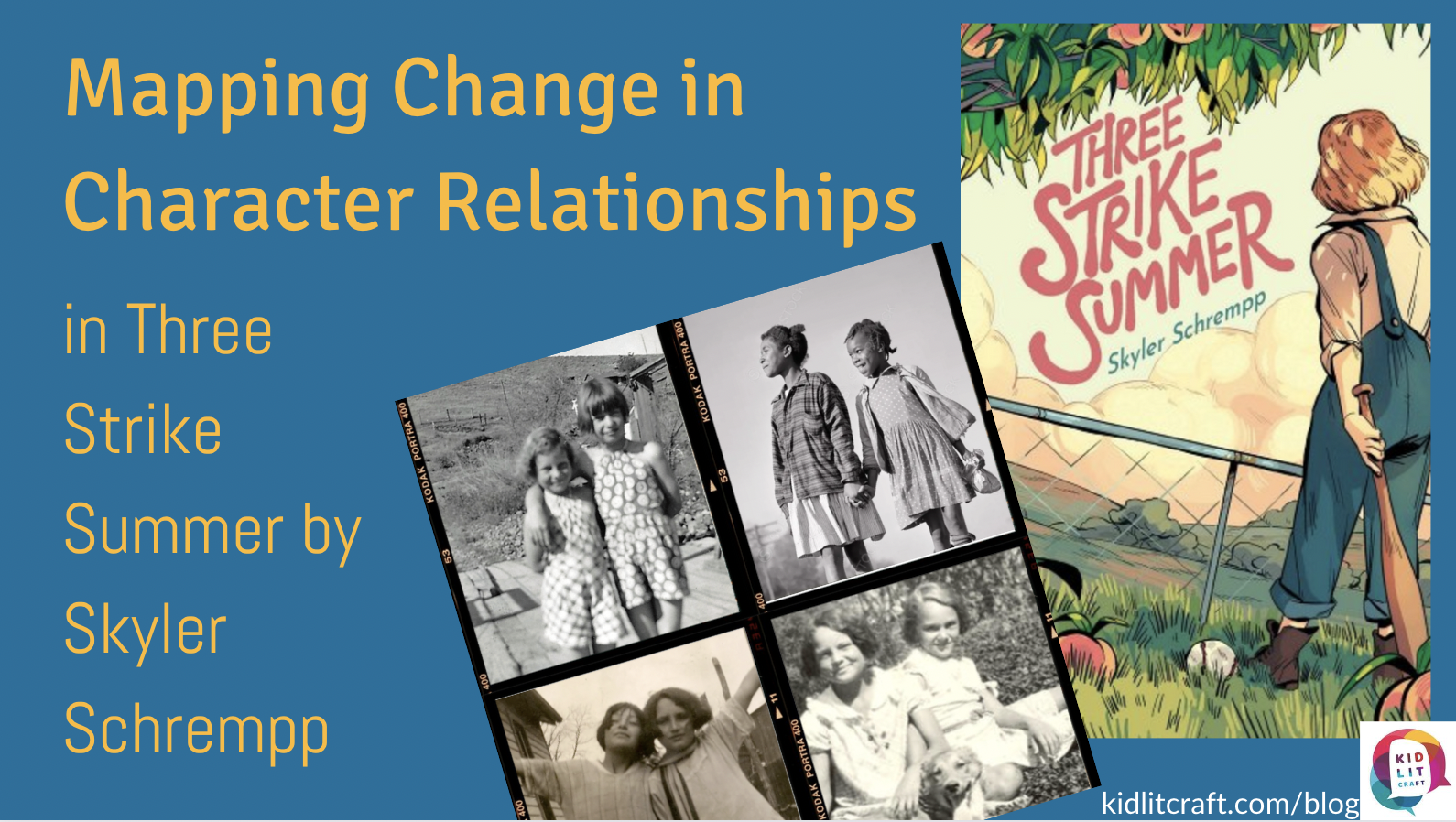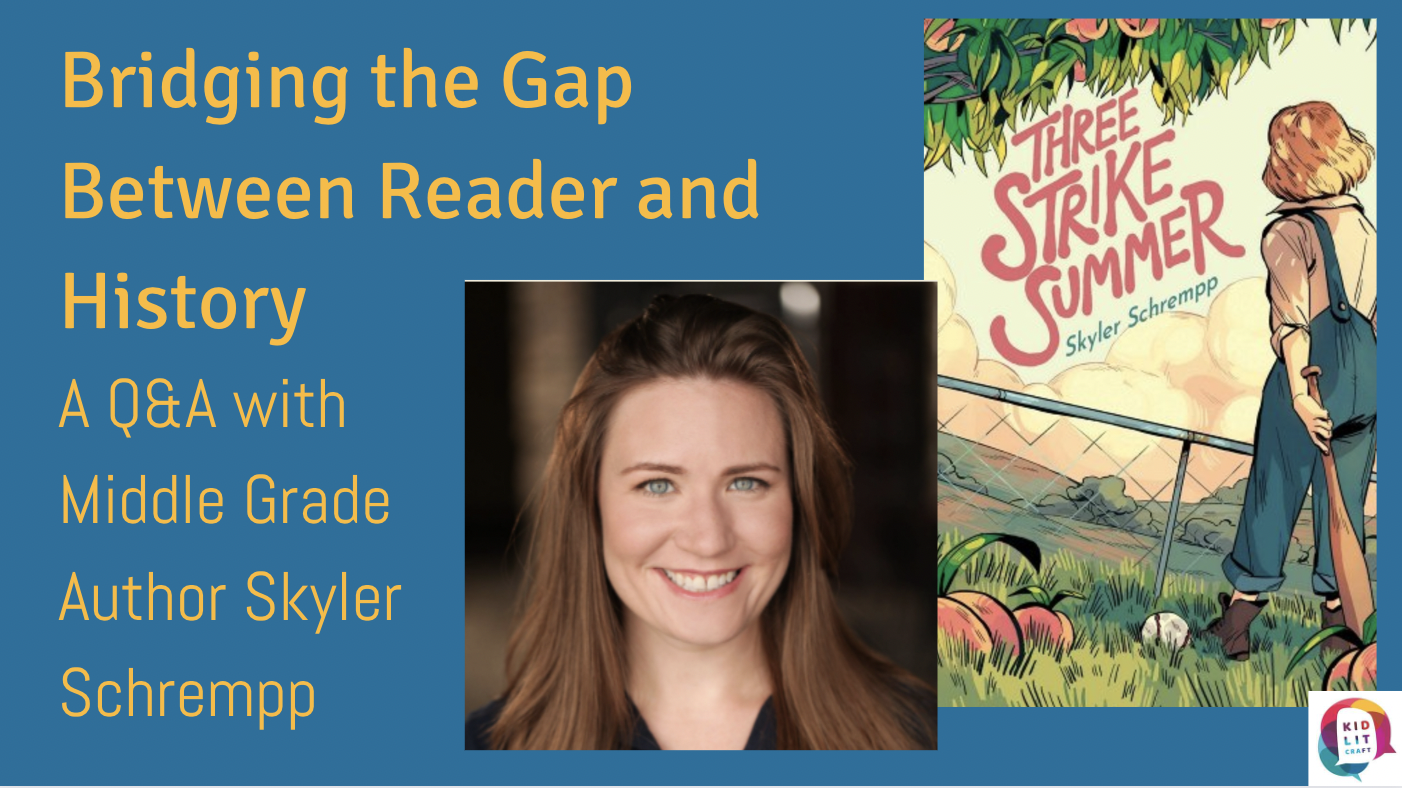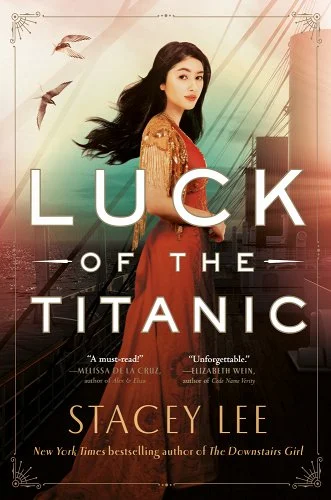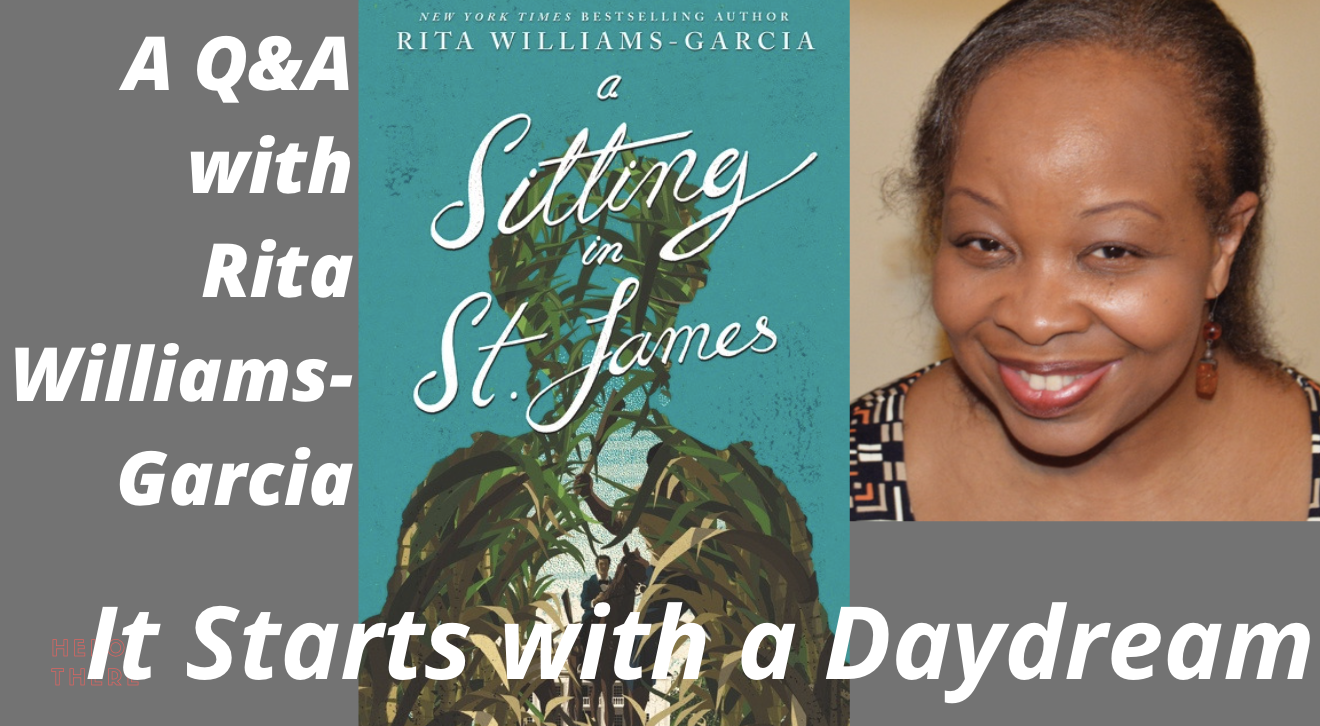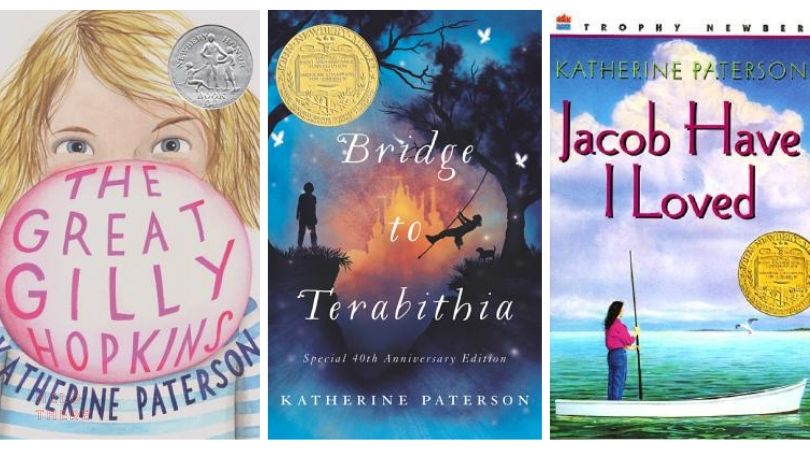hello!
JOIN US IN EXPLORING OTHERS' CRAFT AND BUILDING OUR OWN
It can be argued that Skyler Schrempp’s debut novel, Three Strike Summer, is about baseball. Or poverty. Or migrants. Or summer. Or families trying their best to get by. Or unions. Or friendship. Or finding joy even in the hardships of life. And it is. It’s about all of these things, but my favorite part of the story is the story of sisters. Of Gloria and Jessamyn. Schrempp gives voice to a frustrating, loving, complicated relationship that grows, changes, and strengthens throughout the story.
Skyler Schrempp: “I once read that George R. R. Martin talks about writers as “architects” or “gardeners”. Architects plan everything out before building and gardeners plant a bunch of things and see what grows well. I guess I see myself as more of a gardener than a panster! Pantser implies you’re really winging it, but I feel very intentional when I write…and it’s slow…like gardening.”
Since Lee uses first-person point of view to tell her stories, it’s her main character’s voice that’s in the driver’s seat. Reading her novels is a masterclass in how to do first-person narration well. However, you can use these techniques with third-person and even with omniscient narration. It’s all about elevating your prose to do more than just tell the reader what’s happening.
Empathy has its drawbacks, especially when reading the news, but on the plus side, I think it helps me create deeper characters. The secret for creating unforgettable characters is to give them impossible choices.
I fully transport myself from my reality into the world that I seek to create. In a word, I daydream. Deeply. I put myself with the character, close to the character, sometimes in the character, to taste the dirt when they’re in the dust storm or feel the scratchy bristles of cane stalk whip my face. Then I write it. Later, I make adjustments, because what I have to understand is different from what the reader should feel. Sometimes I have to rein it in or pull back. It’s not always the point that the reader should feel each and everything—but the writer must!
craft review by Anne-Marie Strohman As we saw in the first post of this series, on Bridge to Terabithia, an ending that feels inevitable and surprising includes a scene that cements the character’s change and shows them moving toward a future where that change sticks, and also offers a surprise, in this case a surprising […]
craft review by Lindsay Lackey In Louisiana’s Way Home, two-time Newbery medalist Kate DiCamillo’s use of significant and specific detail infuses her stories with vibrancy, despite her often low word-count. In my first post in this series, I discussed how her details of setting both illuminate and foreshadow. Here, I want to look at her […]
interview by Kristi Wright Gennifer Choldenko is the Newbery Honor, ALA notable, NYT Best-selling author of Tales from Alcatraz along with numerous other novels and picture books. Recently, she visited our middle grade book club, and we were beyond delighted to ask her all about her very successful Alcatraz series, especially her fourth in the […]
craft review by Sonya Doernberg One of the important decisions we have to make as writers is how to narrate our middle grade story. Using first-person point-of-view allows the reader to see events through the narrator’s eyes. Second-person POV, which is rarely used, makes the reader feel like a character in the story. The third-person […]
compiled by Anne-Marie Strohman Memorial Day was originally meant to honor the fallen soldiers of the Civil War. The day was first widely observed in 1868. While some people today honor all those who have served in the military, it is primarily a remembrance of those who sacrificed their lives in all American wars. On […]
